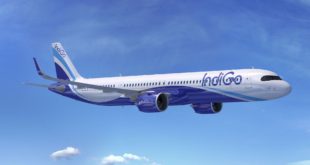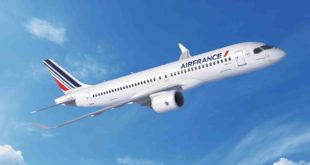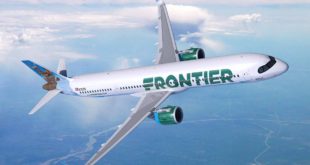New Delhi’s Indira Gandhi and Mumbai’s Chhatrapati Shivaji airports have readied themselves to receive India’s first scheduled commercial A380 superjumbo service later this evening, operated by Singapore Airlines. DIAL the Delhi airport operator is running a special hashtag on Twitter #NamasteA380.
The airframe manufacturer Airbus S.A.S. has released some factoids on the superjumbo. It is interesting to see how Airbus positions the A380 against the Boeing 747-8 and the 777-300ER, its chief rivals
Airbus factoids on the A380
The A380 Family starts from a baseline passenger aircraft with a capacity of 525 passengers in a three-class configuration, seated over two spacious decks, and with a range of 8,500nm/15,700km. Now in its seventh year of commercial service, the A380 fleet undertakes more than 170 commercial A380 flights each day, while the fleet carries over two million passengers each month.
With seating capacity ranging from 400 to more than 800 passengers, the A380 is an essential part of the solution to sustainable growth, doing more with less: alleviating traffic congestion at busy airports by transporting more passengers with no additional flights and at much lower cost.
The former largest aircraft, the 747-400, burns 22 percent more fuel per seat than the A380, allowing operators to increase capacity proportionally at no overall extra cost. The latest 747 derivative, the 747-8, burns 14 percent more fuel per seat than the A380, while the twin-engined 777-300ER burns 13 percent more fuel per seat than the A380. On a per-seat basis (using same-comfort standards and comparable cabin layouts) the 777-300ER costs 20 percent more to operate than the A380.
The A380 excels in performance too. Compared with the 747-400, the A380 offers 1,300nm more range, requires 17 percent less runway to take-off and uses 11 percent less runway to land. In addition, the A380 not only offers a 4,000ft higher initial cruise altitude capability than the 747 (35,000ft versus 31,000ft), but also demonstrates a 20kt lower approach speed. Moreover, compared with the 747-8i derivative, the A380 offers 1,100nm more range and similar improvements in take-off, landing and climb capability.
The A380 also delivers on reduced noise, being the quietest long-haul aircraft for the foreseeable future, generating only half the noise on departure than the 747-400, and three to four times less noise on landing – while carrying 40% more passengers. These are facts which have been documented by several airport noise-monitoring reports.
With the lowest fuel burn per seat, the A380 allows airlines to reduce substantially their environmental footprint in terms of CO2 emissions. In summary, the A380 offers the most comfortable, quietest, most efficient and innovative cabin; the lowest fuel burn, cost per seat, and noise of any large aircraft; it leverages the latest technology, and has been certificated to the very latest standards; it has superior performance, and family development potential. And it is hugely popular with passengers, leading to higher load factors and more revenue, for higher profitability.
 Bangalore Aviation News, Reviews, Analysis and opinions of Indian Aviation
Bangalore Aviation News, Reviews, Analysis and opinions of Indian Aviation




